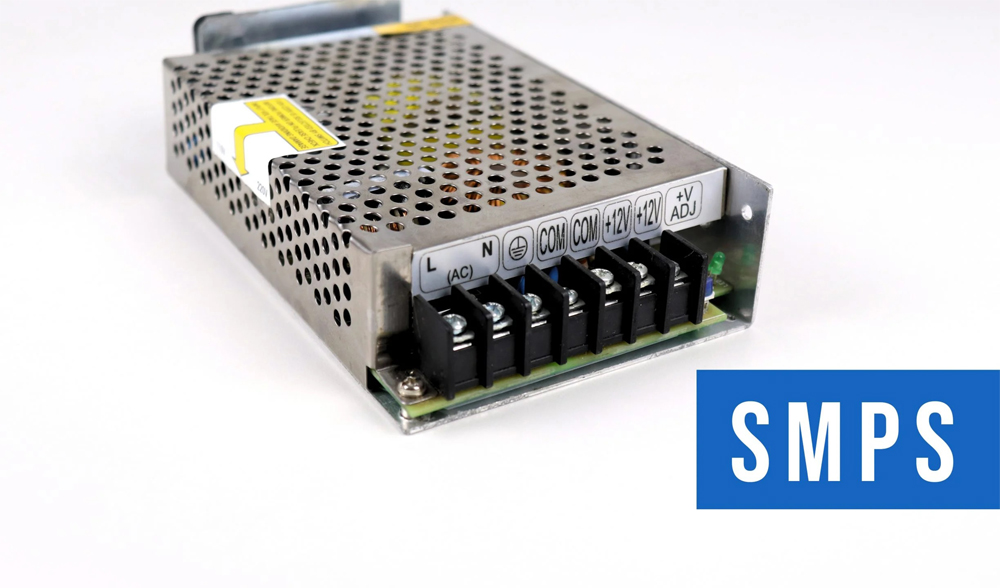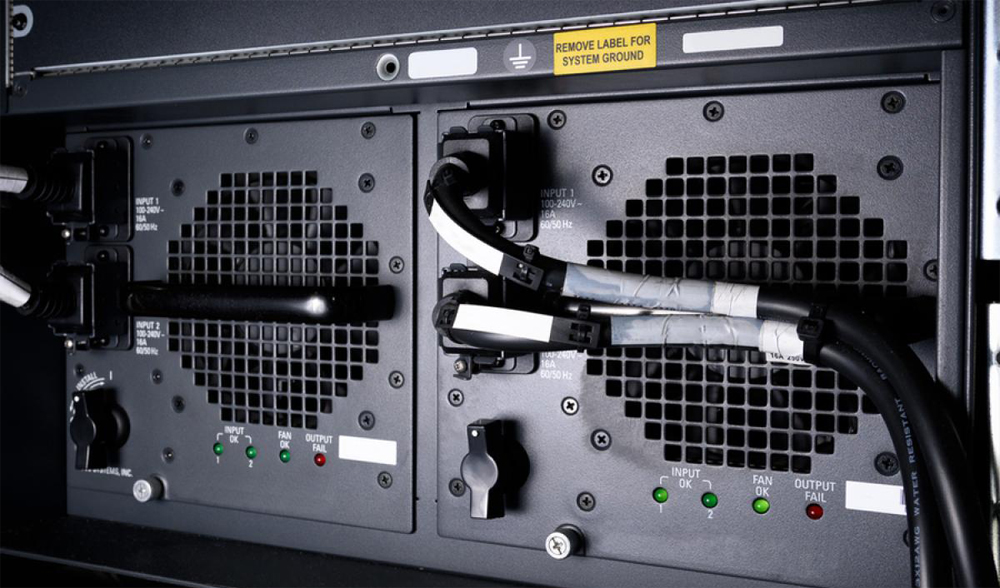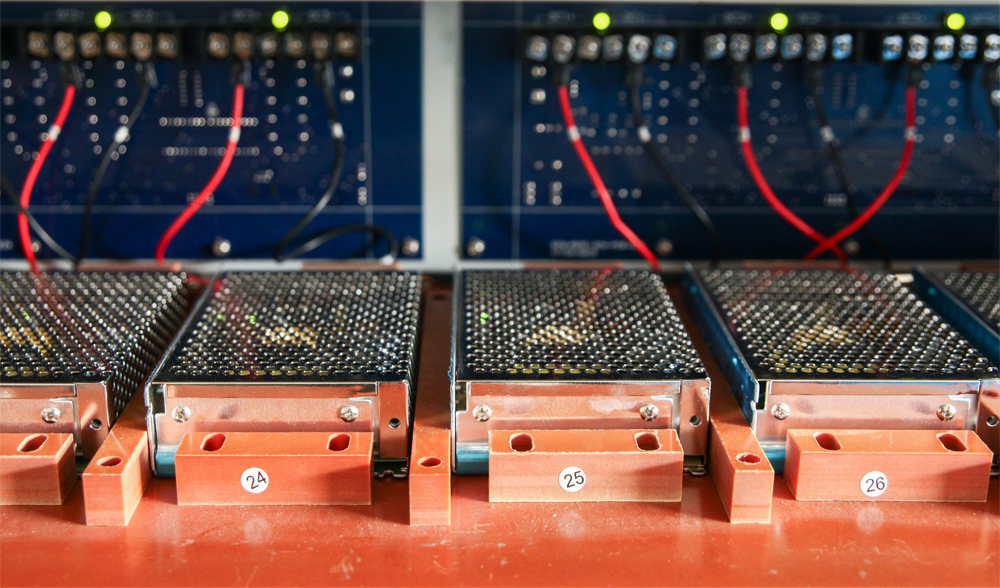A power supply, an electrical device, plays a vital role in converting the incoming current from the power source into the specific voltage required by the load, be it an electronic motor or a device. Power supplies can be classified into two primary designs: linear power supplies and switching power supplies.
Linear power supplies operate by utilizing a transformer to decrease the input voltage. Subsequently, the voltage is rectified into direct current (DC) voltage and filtered to enhance the quality of the waveform. In order to maintain a constant voltage at the output, linear power supplies employ linear regulators. However, it is important to note that any excess energy is dissipated as heat by these linear regulators.
Switching power supply design represents a more recent approach aimed at addressing several challenges encountered in linear power supply designs. It offers solutions to issues such as transformer size and voltage regulation. By employing innovative techniques, switching power supplies have effectively overcome these limitations associated with traditional linear designs.
In switching power supply designs, there is no reduction in the input voltage. Rather, it is calibrated and filtered at the input stage. Subsequently, the voltage undergoes a process known as chopping, where it is converted into a high-frequency pulse train. Before reaching the output, the voltage is once again filtered and rectified to ensure proper functionality.

How It Works?
The AC/DC switching power supply is widely recognized as the most efficient method for converting AC power supply into DC power supply. The power conversion process typically involves three stages: input rectification, power factor correction (PFC), and isolation. These stages work together to ensure a reliable and effective conversion of power, enabling the smooth operation of electronic devices and systems.
A switching power supply, also known as a switching-mode power supply, switch-mode power supply, switched power supply, SMPS, or switcher, is an electronic device that efficiently converts electrical power. It utilizes a switching regulator to achieve this high level of efficiency in power conversion.
Similar to conventional power supplies, an SMPS (switching-mode power supply) facilitates the transfer of power from a DC or AC source, commonly mains power, to DC loads like personal computers. During this process, it performs voltage and current conversions to match the characteristics required by the load.
In a switching power supply, the pass transistor continuously toggles between low-dissipation full-on and full-off states. It spends minimal time in high-dissipation transitions, effectively reducing energy wastage. The goal is to minimize power dissipation, ideally resulting in a switched-mode power supply that dissipates no power.
Voltage regulation in a switched-mode power supply is accomplished by adjusting the ratio of on-to-off time. In contrast, a linear power supply achieves voltage regulation by consistently dissipating power in the pass transistor. This key distinction leads to higher power conversion efficiency, which is a significant advantage of a switched-mode power supply.

Benefits of Switching Power Supplies
The utilization of any technology involves striking a delicate balance between various advantages and disadvantages. This holds true for switch-mode power supplies, which provide distinct benefits but also come with certain limitations.
High efficiency: The switching action in a switch-mode power supply determines whether the series regulator element is on or off. This characteristic results in minimal energy being dissipated as heat, leading to the potential for achieving high levels of efficiency.
Compact: Switching-mode power supplies can be designed to be more compact thanks to their high efficiency and low heat dissipation levels.
Costs: Switching power supplies are particularly appealing due to their cost-effectiveness. The higher efficiency and switching characteristics of these designs require less heat dissipation compared to linear power supplies, resulting in reduced costs. Additionally, over time, the switching nature of the power supply leads to lower component costs, further contributing to the overall cost advantage.
Flexible technology: Switching power supply technology is versatile and can be employed for high-efficiency voltage conversions in both step-up (Boost) and step-down (Buck) applications. It effectively facilitates the conversion of voltage to meet the specific requirements of different electronic systems and devices.
Switching power supplies prove to be highly versatile across a diverse array of applications such as computers, chargers, laboratory equipment, and various household electronic devices. Their remarkable cost-effectiveness, compact size, and high efficiency position them as a pivotal technology in these domains, ensuring their widespread adoption and prominence in numerous applications.

Applications
Over the years, Linear AC/DC power supplies have played a crucial role in converting alternating current from the utility grid into direct current voltage. These power supplies have been widely utilized to operate various household appliances and lighting systems. However, in high-power applications, there is a growing demand for more compact power supply solutions.
As a result, linear power supplies have become primarily reserved for specific industrial and medical applications where their low noise characteristics remain essential. However, switching power supplies have emerged as the dominant choice in most other sectors due to their smaller size, increased efficiency, and ability to handle higher power requirements.
Switching power supplies find numerous applications across various industries. The most common use is in computers, but they are also widely employed in security systems, railway systems, battery chargers, and machine tool industries.
The utilization of switching power supplies is extensive across multiple sectors. In recent times, their significance has grown substantially in the LED industry, medical equipment, mobile phone charger manufacturing, automotive sector, consumer electronics, and other related fields.
The global market for switching power supplies is primarily propelled by the increasing demand for consumer electronics, which contributed to approximately 52% of the overall downstream consumption of switching power supplies.
